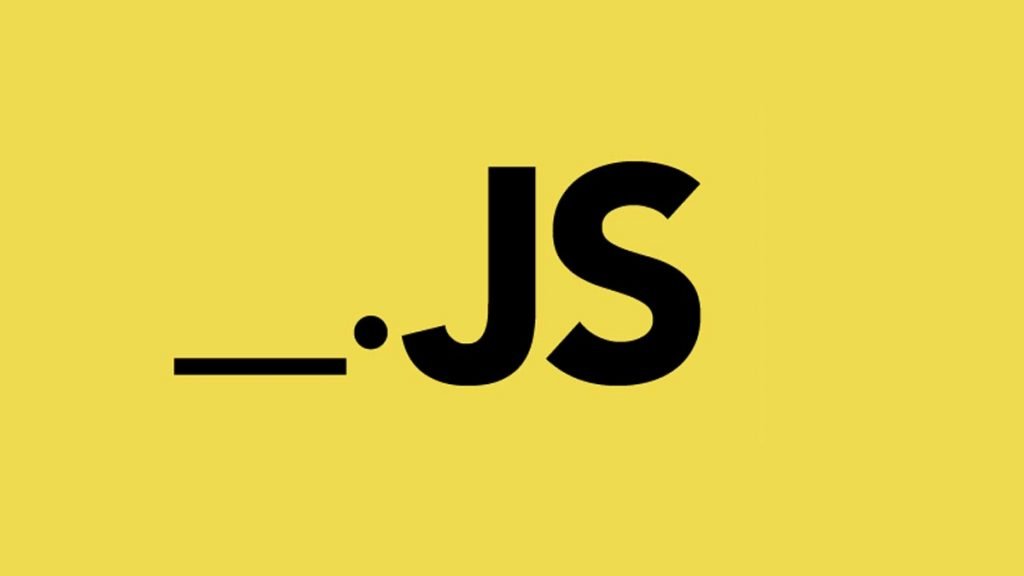Difference between Ajax and Javascript: The internet has developed into a basic requirement for connectivity and knowledge sharing for organisations, companies, and individual people over the last few decades. Advanced technological internet technologies have played an increasingly important role in converting the planet into a global village and bridging the gap between all classes of people.
Basically, the internet is a set of web pages and web applications that are built using standardised tools, methods, and coding and scripting languages, each of which is vital to modern web creation.
Scripting languages like Javascript and Ajax enable software engineers to build a more effective means of conveying data via host browsers, which improves not only the user’s experience entirely but also increase the speed and efficiency of code transmission between a client’s browser and web servers.
Usage of Javascript and Ajax technologies improves development code by changing the way page content is loaded into a browser window. The combination of JavaScript (or any scripting language) and Ajax enables code to run on the client-side machine without requiring an entire page reload only because a data request is made to a server.
What is Ajax?
AJAX (Asynchronous JavaScript and XML) is an acronym for Asynchronous JavaScript and XML. It is a set of web development programmes that are used to create websites. The programmes use a mix of XHTML for basic programming, CSS for styling, DOM for interaction, XML and XSLT for data sharing, XMLHttpRequest, and JavaScript to construct websites and web applications. One of the biggest supporters of Ajax is Google.
Some of the features of Ajax are-
- It increases the pace of a website and is user friendly
- Server technology is unaffected.
- Improve the web page’s efficiency.
- Live data binding is supported.
- The Data View control has been added to the list of controls that can be used.
- Client-side template rendering is supported.
- User interfaces that are both rich and sensitive
What is Javascript?
A computer programming language that is interpreted is called Javascript. It’s a complex, weakly typed scripting language with first-class functions that are built on prototypes. JavaScript can exist almost anywhere in an HTML file when embedded in a webpage.
Some of the features of Javascript are-
- A scripting language that isn’t too heavy.
- Support for object-oriented programming
- Based on a prototype
- The language that has been translated
- Asynchronous Processing
- Validation on the client’s end
- Increased browser access
Ajax and jQuery are two separate languages for creating web interfaces, and there are some significant variations between them.
Some of the key difference between ajax and javascript are-
- Ajax makes a request to the webserver without waiting for an answer. During that period, it performs other operations on the tab. JavaScript, on the other hand, sends a request to the server and holds-up for an answer.
- After a webpage has been loaded for the first time, Ajax will load it again. JavaScript, on the other hand, will not be able to restart the page after it has been opened.
- For downloading an entire page, Ajax will not lead the page to reload, while JavaScript handles and regulates a web page after it has been downloaded.
- Ajax cannot be used to instal a Trojan on a device, on the other hand, JavaScript can.
- The server-side scripting language is supported by Ajax, while the client-side scripting language is supported by JavaScript.
- Since the script only needs to request once, Ajax reduces server load, while JavaScript sends a request any time the script requires to be updated.
- Ajax allows a programmer to submit an asynchronous data request in order to load new data without having to modify the web page; whereas JavaScript enables the development of interactive webpages by introducing a new degree of engagement to the process.
- AJAX is a technique for updating sections of the user interface without reloading the tab. It’s a way to connect with the server in the background, and JavaScript is a browser-friendly language; a client-side scripting language that runs in the browser.
- Apart from the differences, there are various similarities as well, the major one being the fact that they both have a C-like syntax. They are object-oriented and, in most cases, sandboxed, particularly if used in a browser. JavaScript was also developed with the syntax and standard library of Java.

Difference between Ajax and Javascript: The performance and popularity of JavaScript can be attributed to a variety of factors. The convenience of learning, cross-platform and cross-browser assistance and the growing number of JavaScript-enabled browsers available to the web community are some of the factors out of the many. It is not necessary to buy or licence JavaScript since it is an open-source programming language.
It is supported by the majority of existing web browsers, including Google Chrome, Mozilla Firefox, Opera, and Safari, among others. The most significant drawback of using JavaScript is that it exposes client computers and web servers to security issues unless careful coding is used to prevent malicious breaches. Difference between Ajax and Javascript
On the other hand, Ajax programming restricts or at times removes the need for the whole page reloads when a data request is initiated. Instead, based on a user’s interaction with items on the page, the browser may also change a part of the available web page. Also, the fact that most people might think that the names indicate that Java and JavaScript must be linked in some way, but it is simply not the case. JavaScript is a computer programming language that is interpreted. The most significant distinction between Java and JavaScript is that Java is a programming language, whereas JavaScript is a scripting language.



![Top 30+ Java Grails Interview Questions Answers [ Aug 2022] Java Grails Interview Questions](https://www.htmlkick.com/wp-content/uploads/2022/07/Java-Grails-Interview-Questions-1024x576.jpg)